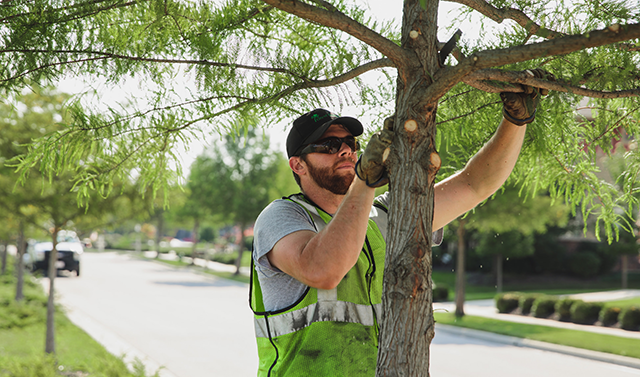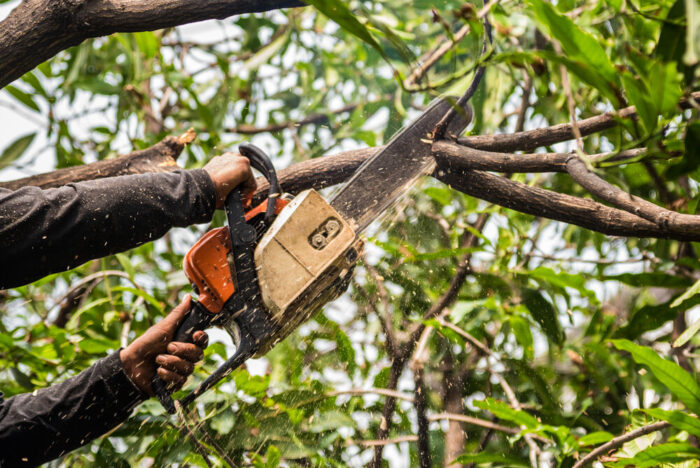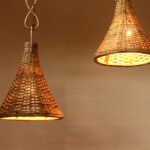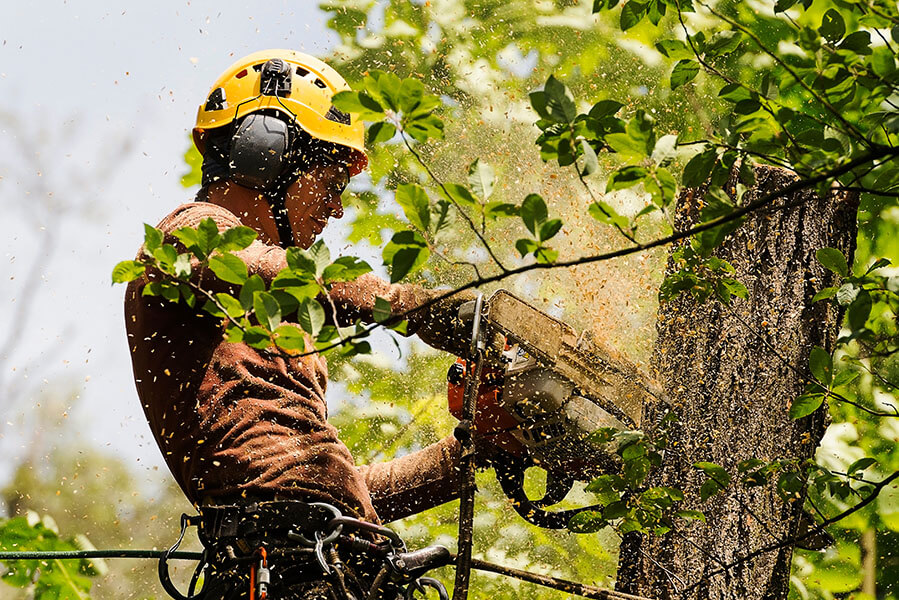When it comes to enhancing the beauty and value of your property, few things are as impactful as well-maintained trees. Trees not only provide shade and a sense of serenity but also contribute to the overall health of the environment. For homeowners in Edmonton, tree care is an essential aspect of maintaining a beautiful landscape. In this article, we’ll delve into the world of tree care edmonton, providing you with valuable information and practical tips to ensure your trees thrive and stand tall for generations to come.
Table of Contents
Tree Care Edmonton: Understanding the Basics
Before we dive into the specifics of tree care, let’s understand the basics of maintaining healthy trees:
Choosing the Right Trees for Edmonton’s Climate
Edmonton experiences a unique climate characterized by cold winters and warm summers. It’s crucial to select tree species that are well-adapted to these conditions. Some recommended tree species for Edmonton include Siberian Larch, Green Ash, and Manitoba Maple.
Planting Trees Correctly
Proper tree planting techniques play a significant role in the tree’s establishment and growth. Ensure you dig an appropriately sized hole, position the tree at the right depth, and water it adequately during the first few years.
Watering Trees the Right Way
Proper watering is vital for the health of your trees. Young trees require regular watering, while mature trees benefit from deep, infrequent watering. Avoid overwatering, as it can lead to root rot.
Mulching for Moisture Retention
Applying a layer of organic mulch around the base of your trees helps retain moisture, regulate soil temperature, and suppress weed growth.
Pruning for Optimal Growth
Pruning is a critical aspect of tree care in Edmonton. It involves removing dead or diseased branches, shaping the tree’s structure, and improving its overall health.

Tree Care Edmonton: Essential Techniques and Best Practices
Now that we have covered the basics let’s explore some essential techniques and best practices for tree care in Edmonton:
Regular Tree Inspections
Periodically inspect your trees for signs of disease, pest infestations, or structural issues. Early detection allows for timely intervention and can prevent further damage.
Proper Tree Pruning
Pruning is more than just cutting off branches. Understand the different types of pruning, such as crown thinning and crown raising, to improve airflow and reduce the risk of limb breakage.
Identifying and Managing Pests
Be on the lookout for common pests like aphids, caterpillars, and borers. If infestations are detected, explore eco-friendly pest control options to minimize damage.
Preventing Tree Diseases
Certain diseases like Dutch Elm Disease and Apple Scab can be prevalent in Edmonton. Know the symptoms and adopt preventive measures to safeguard your trees.
Cabling and Bracing
For mature trees with structural issues, cabling and bracing provide support and stability, reducing the risk of limb failure.
Fertilizing for Optimal Growth
Applying the right fertilizer at the right time can significantly enhance the growth and health of your trees.
Dealing with Storm Damage
Storms can wreak havoc on trees. Learn how to assess storm damage and take appropriate actions to restore the tree’s health.
Protecting Trees in Winter
Edmonton’s harsh winters can be challenging for trees. Implement winter protection strategies to shield your trees from extreme cold and snow.
Frequently Asked Questions (FAQs)
How often should I water my newly planted trees?
Watering frequency for newly planted trees depends on various factors like soil type and weather conditions. Generally, watering every 2-3 days for the first few months is recommended.
Can I prune my trees in any season?
Ideally, it’s best to prune trees during their dormant season, which is late fall to early spring. However, certain situations may require tree pruning at other times.
What are some signs of pest infestations in trees?
Look out for wilting leaves, holes in leaves, sawdust-like materials near the base, or visible insects on the tree’s surface.
How can I protect my young trees from winter frost?
Wrap the trunks of young trees with burlap or tree wrap to prevent frost cracks and sunscalds during winter.
Can I use chemical fertilizers on my trees?
While chemical fertilizers can be used, it’s essential to follow the application instructions carefully. Organic fertilizers are also a safer and more eco-friendly option.
My tree has a split trunk after a storm. What should I do?
Contact a professional arborist immediately. They can assess the tree’s condition and determine the best course of action, which may involve cabling or bracing.

Conclusion
Caring for trees in Edmonton requires knowledge, dedication, and an understanding of the unique challenges posed by the climate. By following the tips and techniques outlined in this article, you can ensure that your trees remain healthy, vibrant, and a source of beauty and joy for years to come. Remember to inspect your trees regularly, provide proper watering and fertilization, and seek professional help when needed. Happy tree caring!













